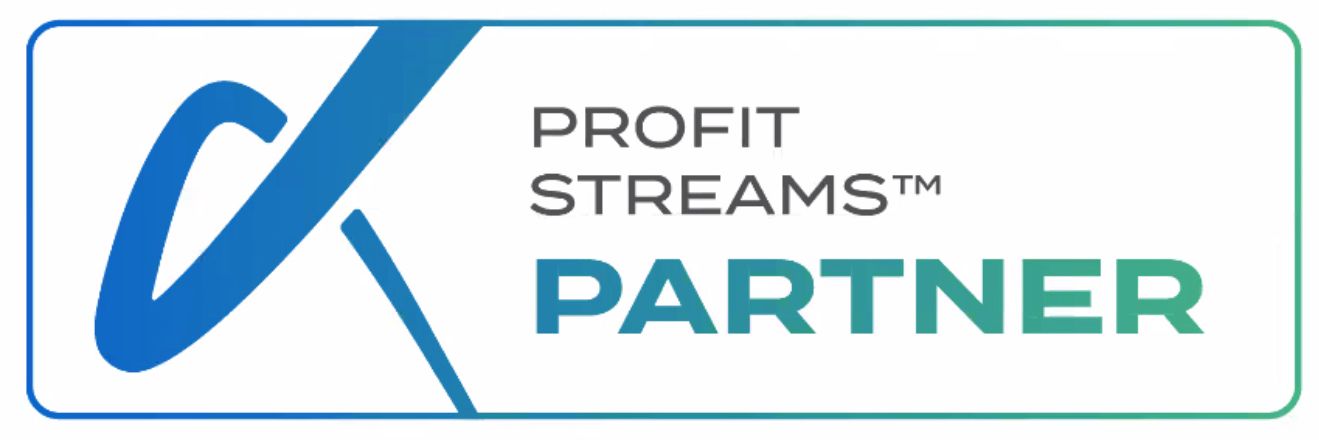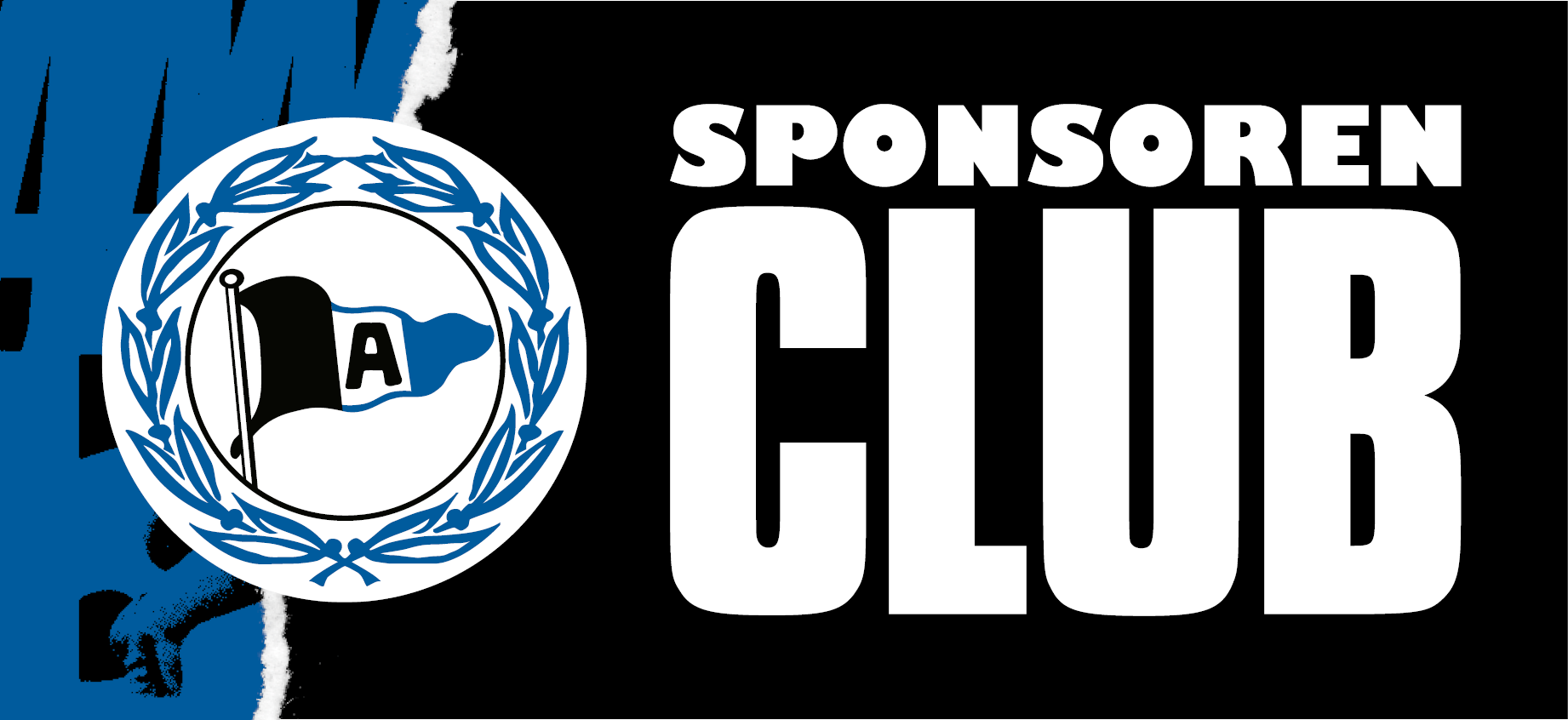
Ian Spence
Scagilize Network Partner (Trainer & Consultant), Advisor & SAFe Fellow
The independent thinker and SAFe Fellow has co-authored a number of popular books. For Scagilize, he regularly writes down his thoughts and insights all around the world of SAFe
Ian Spence on:
"We Want ..." – A Simple Format for Writing Technical and Team Stories
Recently I’ve been trying out a new (to me anyway) format for technical stories with some of the agile teams that I coach and as it’s been working really well, I thought it would be a good topic for this month’s blog.
I expect you’re all familiar with the standard “As a … I want … so that …” format that originated with agile coach Rachel Davies and was popularised by Mike Cohn, and many of you will have used it to write both user stories and technical stories.
Personally, I’ve always found this the perfect format for the user stories, but I have often found it a little over the top when writing technical stories – particularly those generated by the team when splitting user stories, or defining spikes and technical stories as the result of breaking down a Feature.
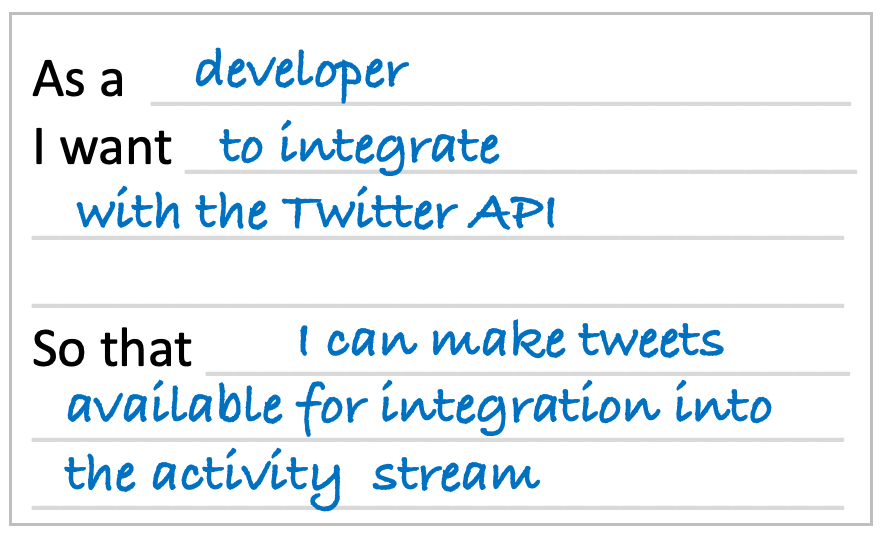
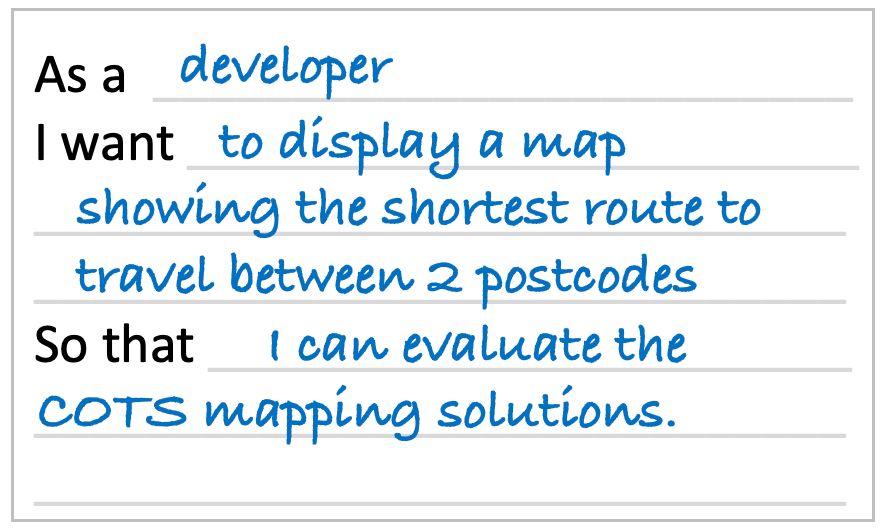
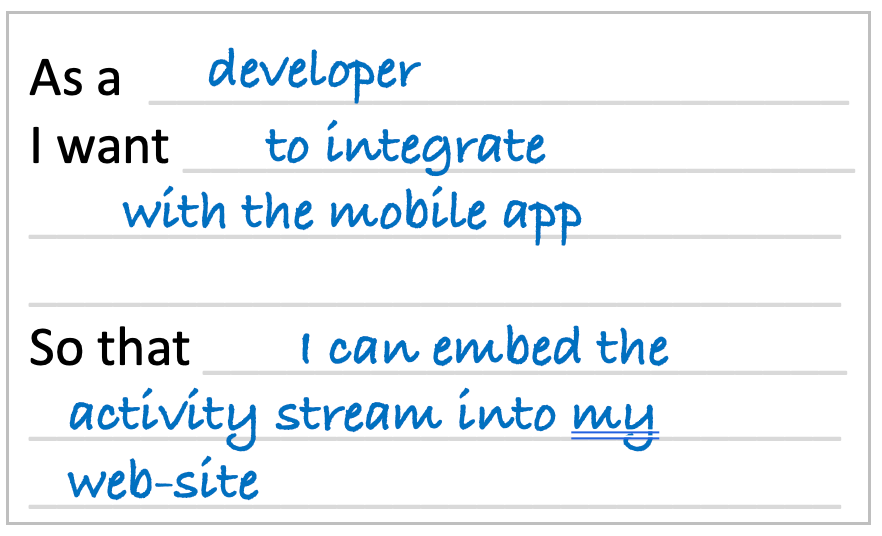
Although the second and third clauses (the I Want … and So That …) are as useful as always, disproportionate amounts of time were often spent coming up with fictitious users to populate the As a ... clauses. It also has the unwanted side effect of obscuring the provenance of the story; for example, many teams provide developer APIs as part of their products. So is the developer in the examples above a developer using the product, or a developer inside the team developing the product? Are all the stories shown above technical stories, or are some of them real user stories?
So, we (the teams and I) decided to cut to the chase and just be clear that it was we, the team, that wanted the technical stories. We did this by adopting a simplified format of “We want… so that….” for our technical stories.
In this case, our technical stories become even more concise, and it is clear where all the stories came from (there was indeed a genuine user story in there 😀).
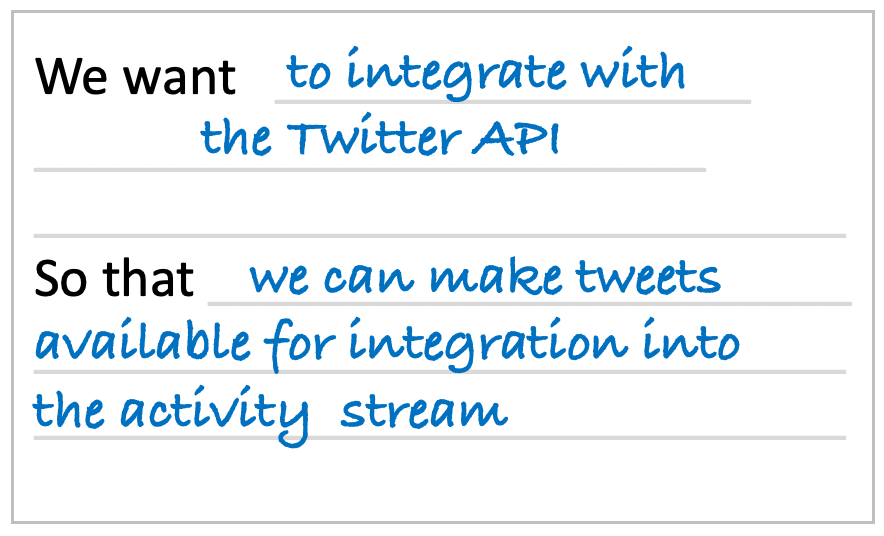
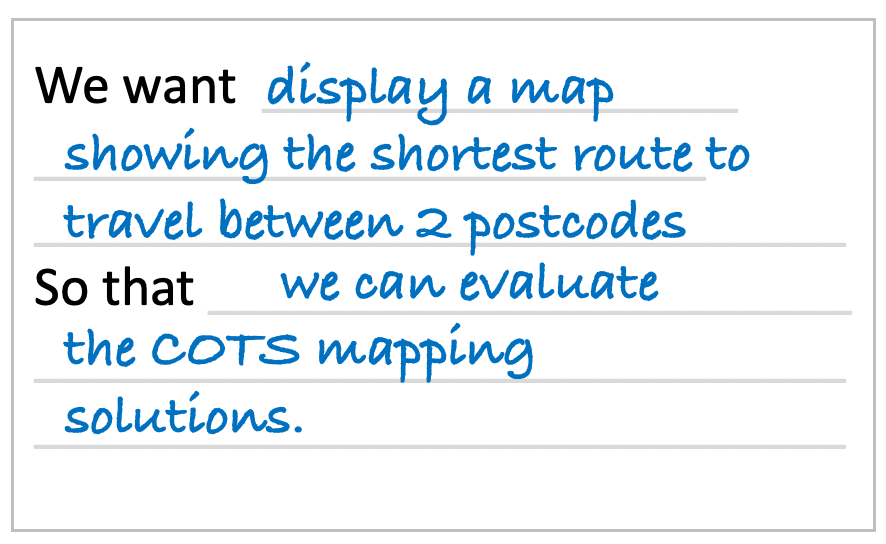

It is also a great format for capturing those improvement stories, spikes and any other types of stories capturing things that the team wants to do.
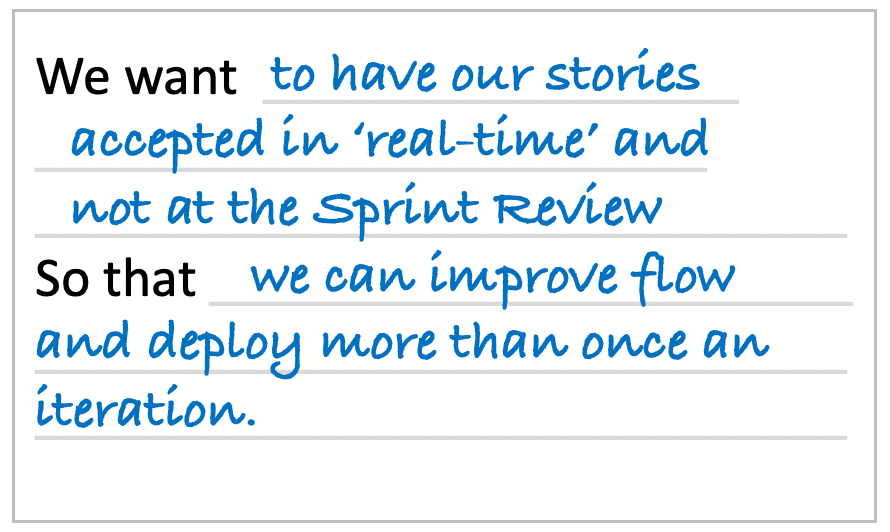
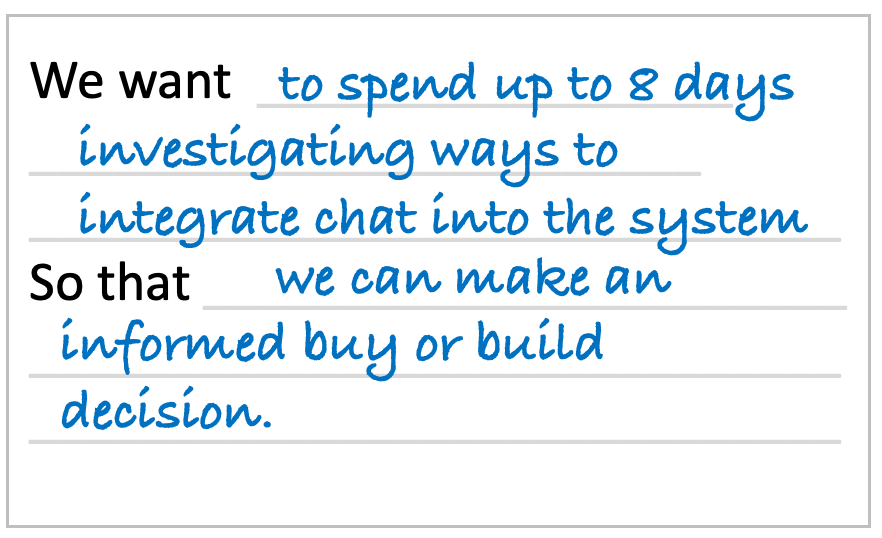
Having practised this with many teams now, it really does seem to simplify and add clarity for all those team-generated technical stories. It both helps the team to generate the stories they need and the Product Owner to understand their provenance, whilst still fulfilling the three elements of the standard agile user story format: clearly identifying who wants the story, what it is they want and why they want it.
So, give it a try, it certainly won’t slow you down.
If you’re enjoying this blog series, don’t forget to connect and / or follow me on
Linked In.






